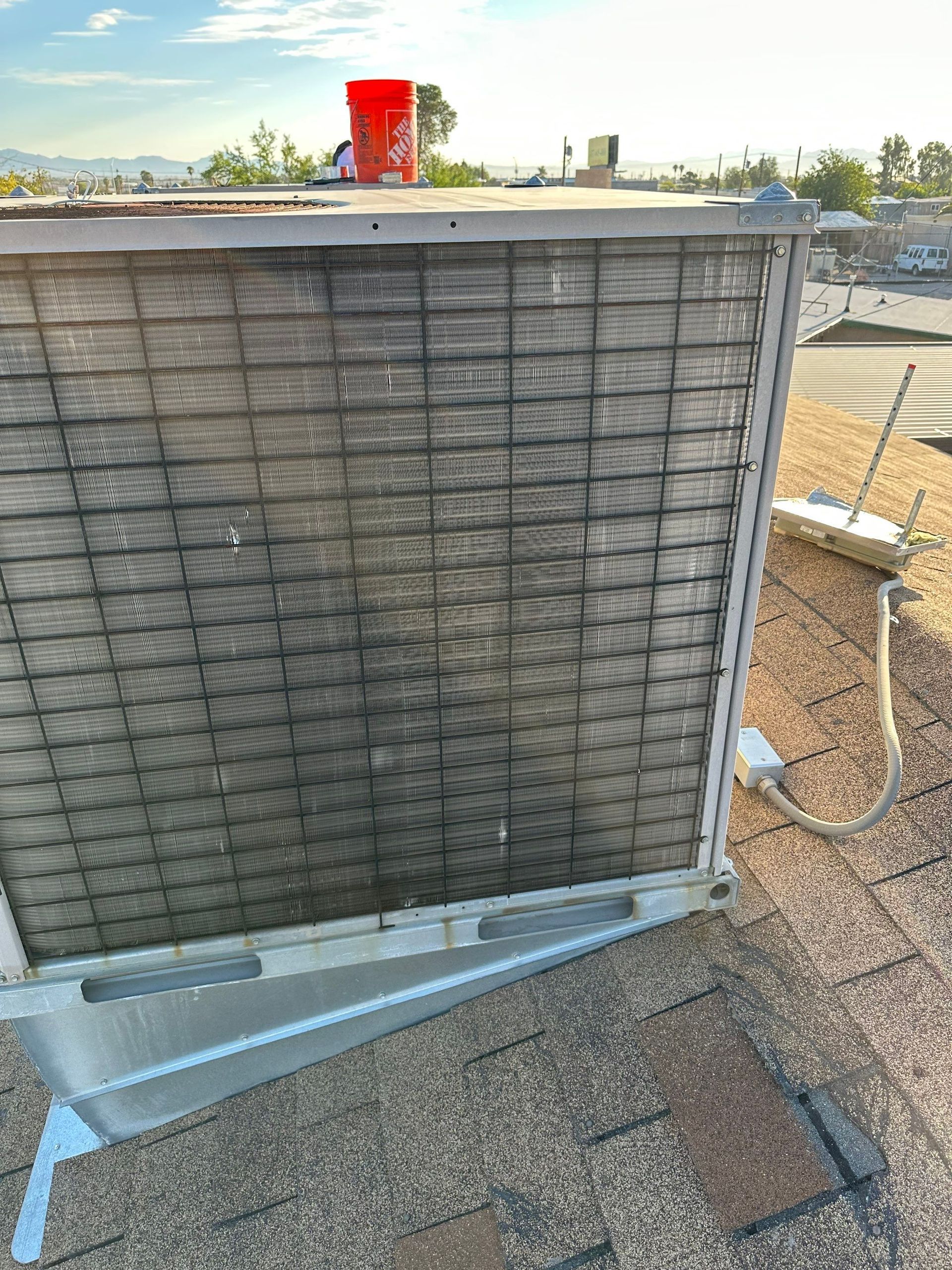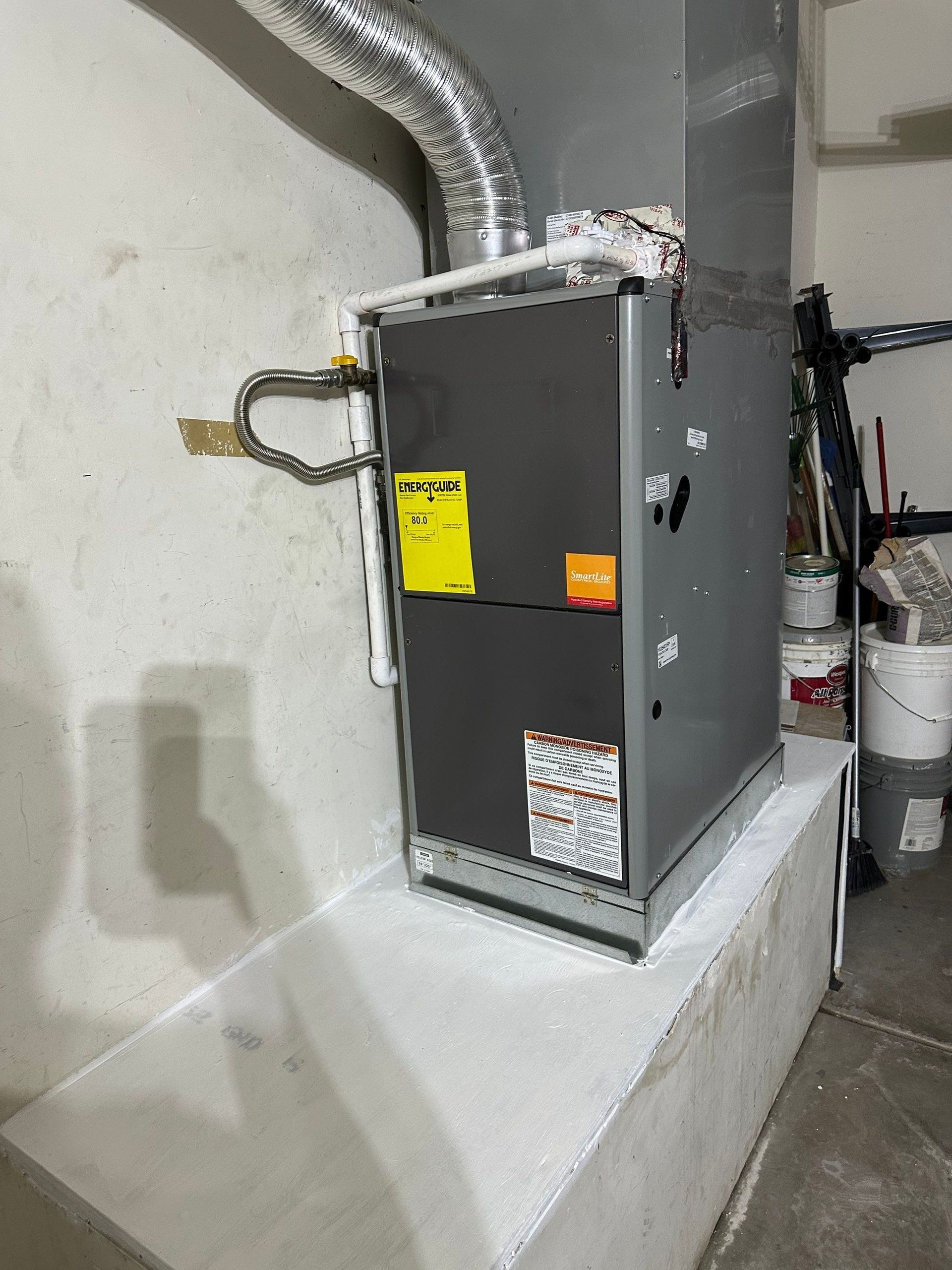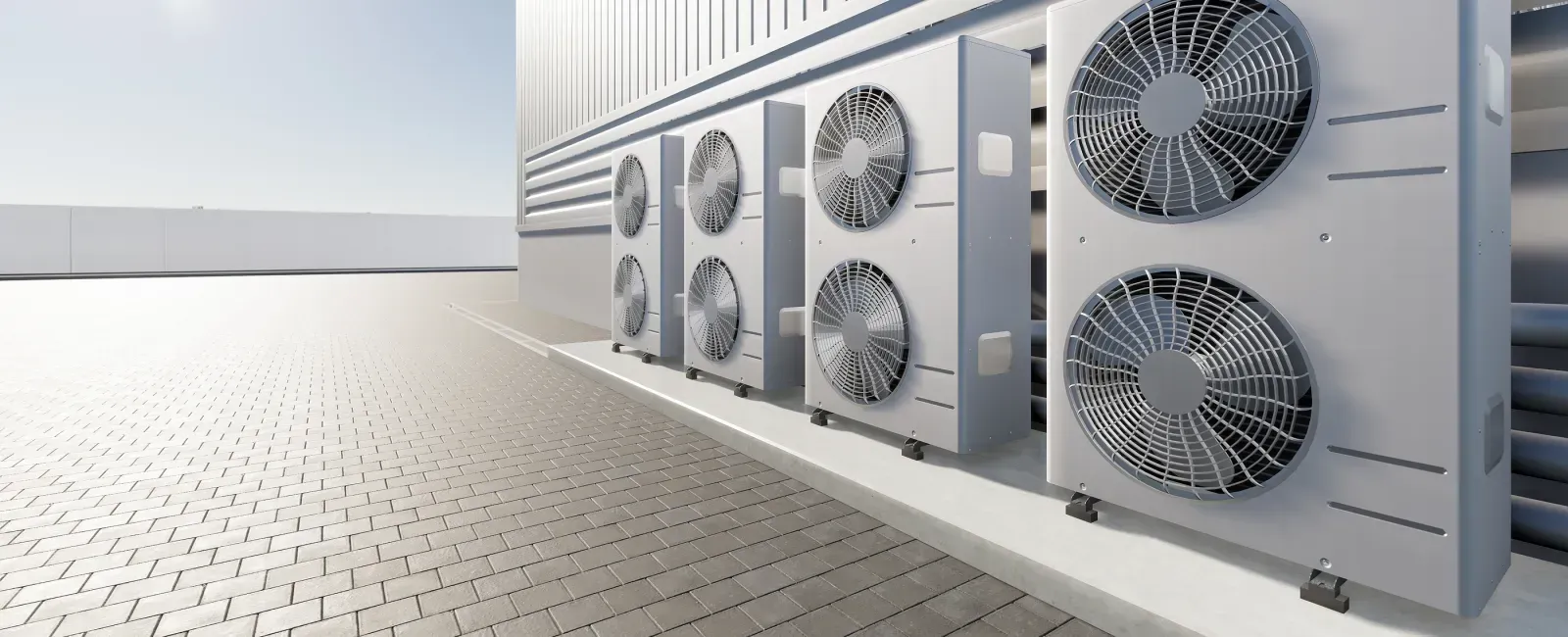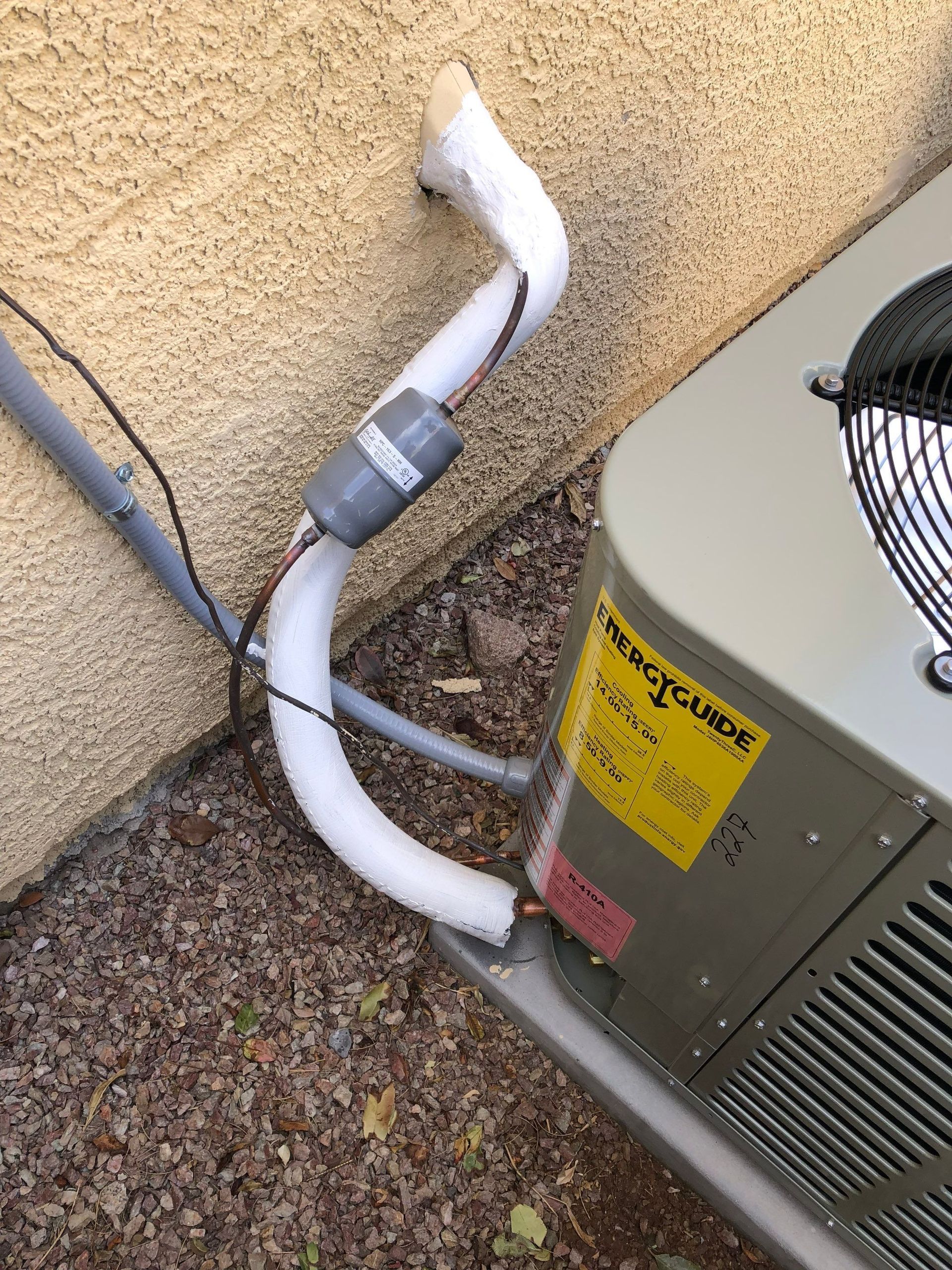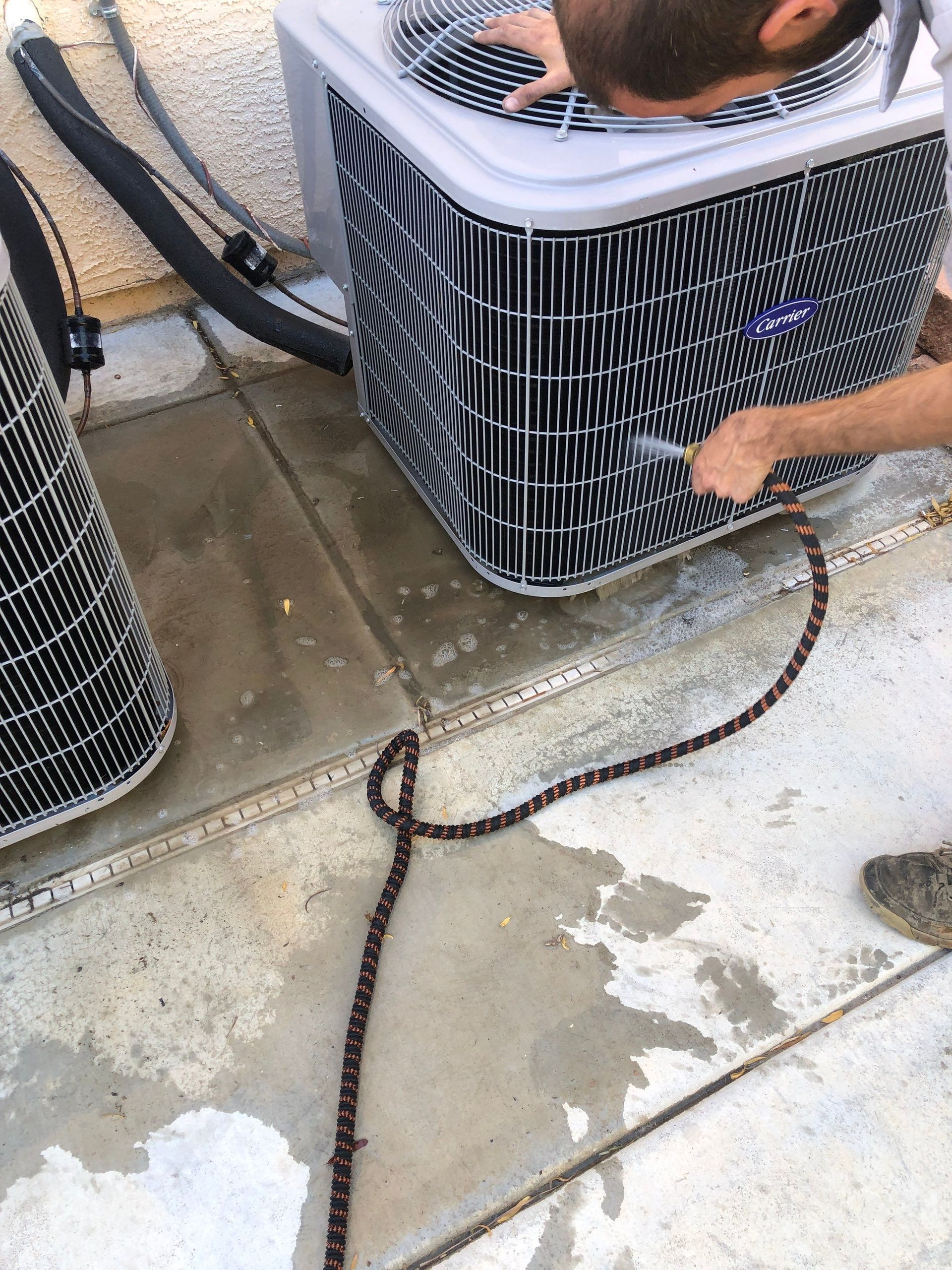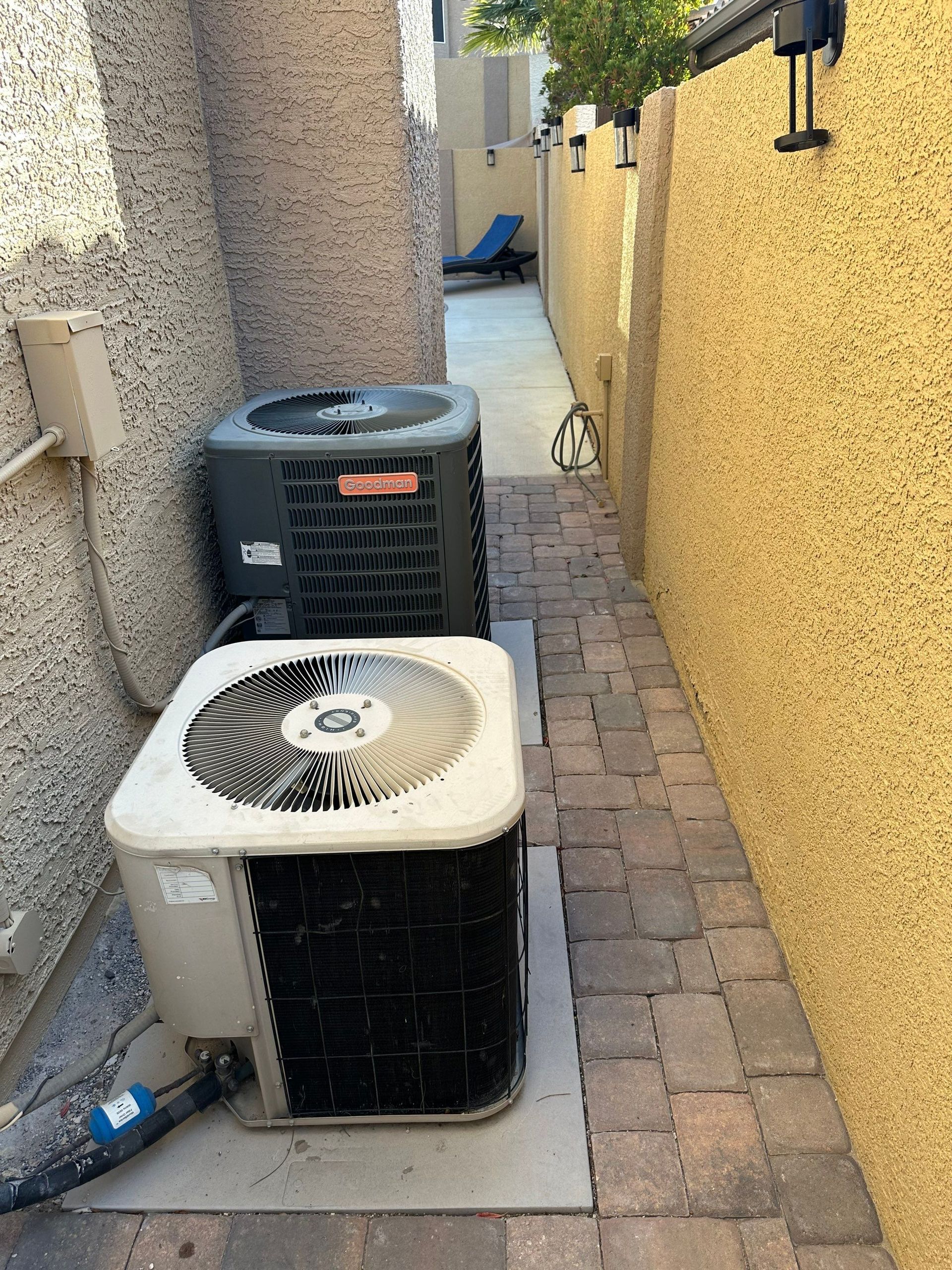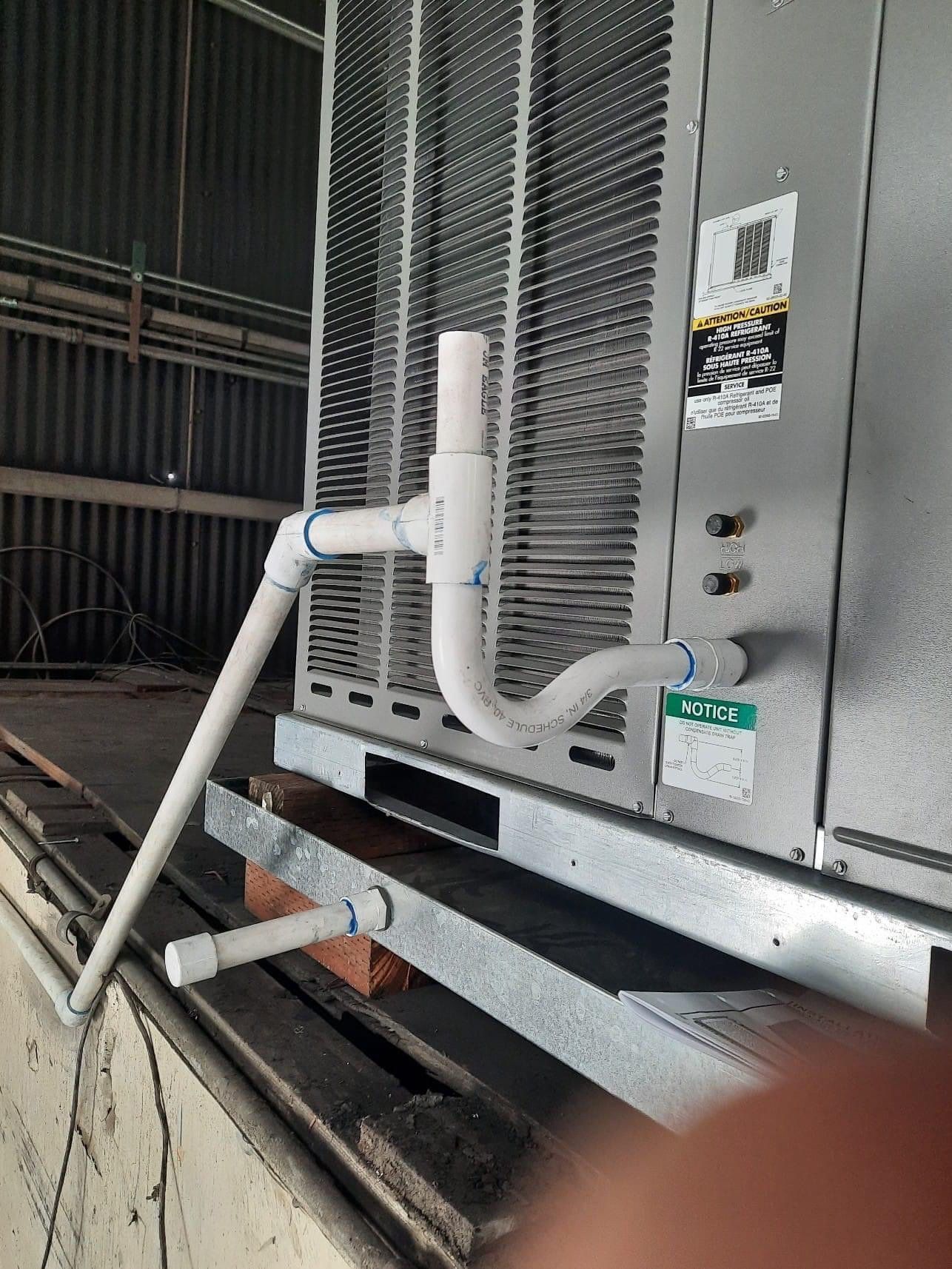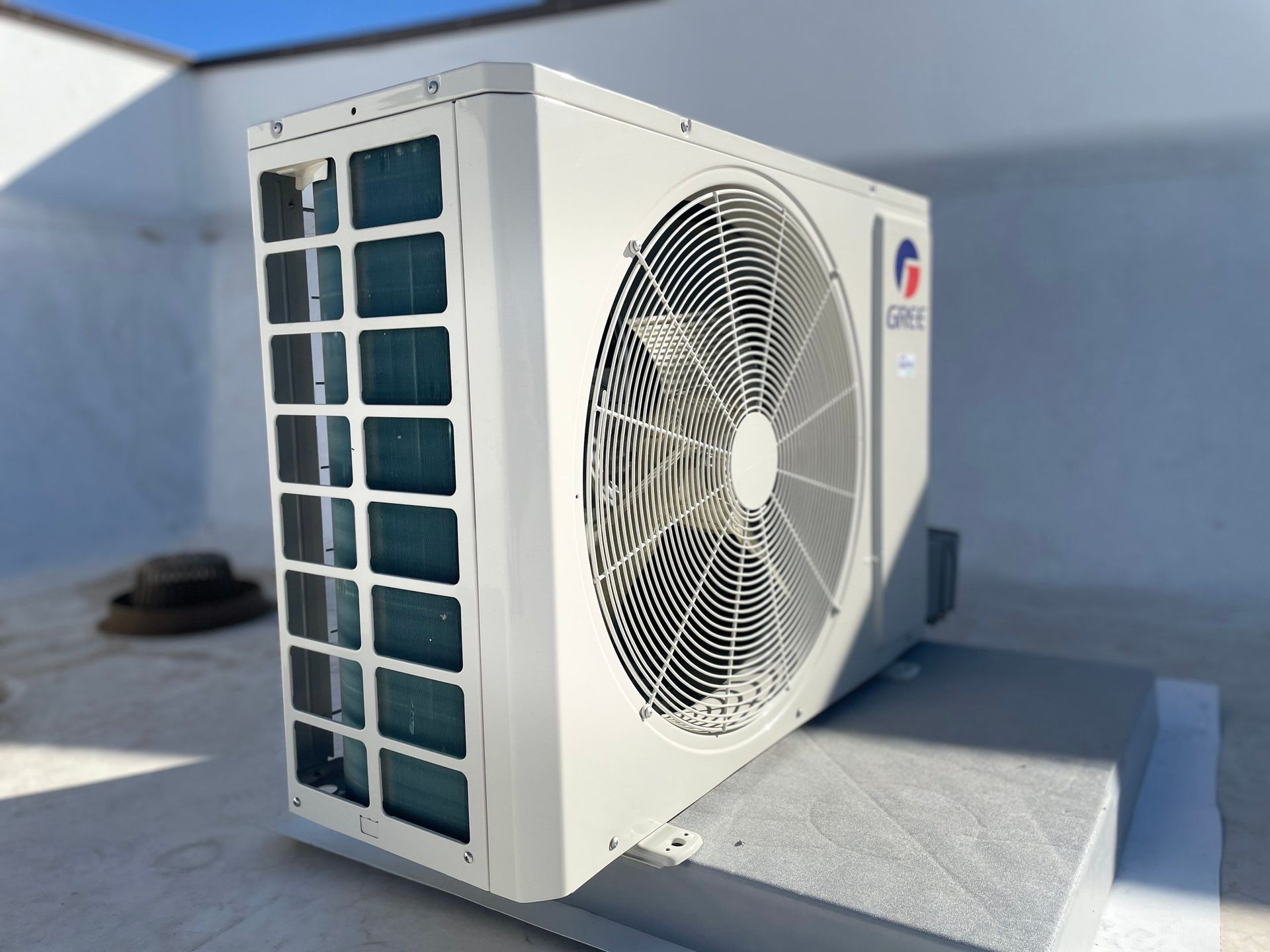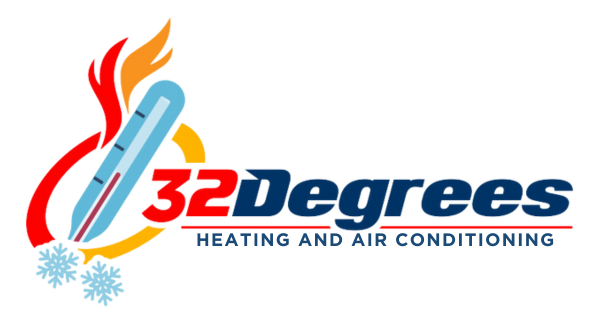The Different Parts of an HVAC System and Their Functions
An HVAC system is a complex network of components and equipment that are used to regulate the temperature and air quality of a building. The various parts of an HVAC system work together to ensure that the air inside a building is kept at the desired temperature and humidity levels. Understanding the different parts of an HVAC system and its functions is essential for properly installing and maintaining the system. This blog post will provide an overview of the different parts of an HVAC system and its functions.
1. Furnace
The furnace consists of several key parts: the heat exchanger, the blower, the combustion chamber, and the gas valve. The heat exchanger is a metal chamber that contains the heat source, typically natural gas or propane. The heat exchanger absorbs heat from the gas and transfers it to the air in the furnace. The blower is a fan that circulates air through the heat exchanger and then pushes it through the ductwork. The combustion chamber is a sealed area where the gas is burned to produce heat, and the gas valve is the device that controls the flow of the gas to the combustion chamber.
The furnace also has several other components that work together to ensure the system runs smoothly.
The thermostat is the main control unit that tells the furnace when to turn it on and off. The air filter removes dust and other particles before entering the furnace, improving the air quality in your home. The pilot light ensures that the gas is ignited when the blower is turned on. The limit switch is a safety device that turns off the furnace if it gets too hot. Maintaining a furnace is essential to ensure it runs efficiently and safely. Regularly changing the air filter, inspecting the pilot light and limit switch, and having a professional inspecting the system are all important steps.
2. Air Handler
An air handler is one of the most important parts of an HVAC system. An air handler is responsible for circulating air throughout the home and helping regulate the temperature. It is also responsible for filtering and purifying the air, ensuring that you and your family enjoy clean and healthy air in your home.
The air handler is typically located in the attic, basement, or utility closet. It consists of a large box-like cabinet that houses a fan, a motor, a filter, and ductwork. The fan is responsible for moving the air through the system. The motor is responsible for powering the fan. The filter is responsible for trapping dirt, dust, and other allergens from the air before it is circulated through the home. Finally, the ductwork is responsible for distributing the air throughout the home.
3. Evaporator Coil
The different parts of an HVAC system all work together to keep your home comfortable year-round. One of these parts is the evaporator coil, which is used to cool the air in your home. The evaporator coil is a crucial component of an air conditioning system. It is responsible for absorbing heat from the air, which is then transferred to the refrigerant and circulated throughout the system.
The evaporator coil is usually located indoors, either in the attic or the basement, and is connected to the outdoor condenser unit. It consists of a series of copper tubes connected to the refrigerant line and a fan. The fan blows air over these tubes, causing the refrigerant to evaporate and absorb the heat from the air. Once the air has been cooled, it is blown back into the home.
4. Condenser Coil
The condenser coil is one of the most important parts of an HVAC system, as it helps remove heat from the air circulated throughout the building. The condenser coil is typically located inside the system’s outdoor unit, consisting of a set of metal tubes filled with refrigerant. The refrigerant absorbs heat from the air, which causes the refrigerant to turn into a gas.
This gas is then passed through a series of coils, which helps to cool the gas further and convert it back into a liquid. Once the liquid is cooled, it passes through an expansion valve, which helps to reduce the pressure of the liquid so that it can be circulated throughout the indoor unit of the system and ultimately cooled down.
5. Thermostat
The thermostat is typically located in the main living area, like a hallway or living room. It comprises three main components: the display, temperature, and airflow control. The display lets you see the current temperature, set the desired temperature, and monitor other features like humidity and air quality. The temperature control allows you to set the desired temperature for your home, and the airflow control ensures that the air is properly circulated throughout your home.
Thermostats come in various types, such as programmable, digital, and Wi-Fi. Programmable thermostats allow you to set a schedule for when the heating or cooling system runs, so you don’t have to worry about manually adjusting the temperature throughout the day. Digital thermostats are more accurate and can be adjusted on the fly. Wi-Fi thermostats are the newest type of thermostat and allow you to remotely control the temperature of your home using your smartphone or tablet.
The thermostat is an essential part of the HVAC system, as it regulates your home’s temperature to keep it comfortable and energy efficient. It is important to make sure that your thermostat is working properly and is set to the correct temperature. Contact your local HVAC professional for assistance if you have any questions about your thermostat or need help setting it up.
6. Ducts
The first part of the HVAC duct system is the main trunk line. This is the large duct that runs through the center of your home. It is responsible for moving air from the furnace or air conditioner to the rest of the home. It also provides a way for air to return to the furnace or air conditioner so it can be heated or cooled again. Next, you have the branch ducts. These are smaller ducts that branch off the main trunk line. They are responsible for moving air to the different rooms in your home. The branch ducts can be made of different materials, such as metal, flexible plastic, or fiberglass.
The last part of the duct system is the registers. These are the openings that allow air to flow into each room. They can be placed on the ceiling, wall, or floor. The registers are responsible for controlling the temperature and airflow in each room. These parts of the HVAC duct system work together to provide a comfortable and healthy environment. With them, your home can provide adequate heating and cooling. If you have questions about your duct system or need to replace or repair parts, contact a professional HVAC technician.
7. Refrigerant Lines
Regarding HVAC systems, refrigerant lines play a crucial role in the system’s functioning. Refrigerant lines are the tubes and pipes that carry the refrigerant throughout the system. This refrigerant is necessary to keep the air inside a space cool and comfortable. The two main parts of an HVAC system that use refrigerant lines are the indoor and outdoor units. The indoor unit contains the evaporator coil, responsible for cooling the air. The evaporator coil is connected to the outdoor unit by refrigerant lines. The outdoor unit contains the compressor, condenser coil, and expansion valve. The compressor pressurizes the refrigerant and sends it to the condenser coil. The condenser coil releases the heat from the refrigerant, turning it into a gas. The gas then travels to the expansion valve, which reduces the pressure of the refrigerant so it can enter the evaporator coil.
The refrigerant then passes through the evaporator coil, which absorbs heat from the air inside the space. This cooled air then gets circulated throughout the space by the fan in the indoor unit. Once the refrigerant has passed through the evaporator coil, it returns to the compressor, where the cycle begins again. In addition to the parts of the HVAC system, refrigerant lines also connect the indoor and outdoor units to the thermostat. The thermostat is responsible for controlling the temperature in the space. When the set temperature is reached, the thermostat sends a signal to the HVAC system, which causes the compressor to turn on or off. This ensures that the temperature in the space remains at the desired level.
Final Thoughts
Overall, the different parts of an HVAC system are essential to the efficient functioning of a home or commercial building. The air handler, evaporator coil, and condenser unit are responsible for cooling and circulating the air within a building, while the furnace and ducts provide the heat. The thermostat is the control center of an HVAC system, allowing the user to regulate the temperature of the building. The air filter, humidifier, and dehumidifier all work together to maintain the ideal indoor air quality. With these components in place, an HVAC system can ensure a comfortable and efficient environment.
At 32 Degrees, we understand the importance of an HVAC system and are committed to providing our customers with quality service and products. We offer a wide range of options for both new and retrofit installations, ensuring that we can accommodate any need or budget. Whether you’re looking for an air conditioner, furnace, or more comprehensive system renovation, 32 Degrees is here to help. Contact us today to learn more about our services!
Ready to work with 32 Degrees Heating and Air Conditioning?
Let's connect! We’re here to help. Send us a message and we’ll be in touch. Or give us a call today at 725-720-2912
Agency Contact Form
Our Blogs...
32 Degrees HVAC Solutions
